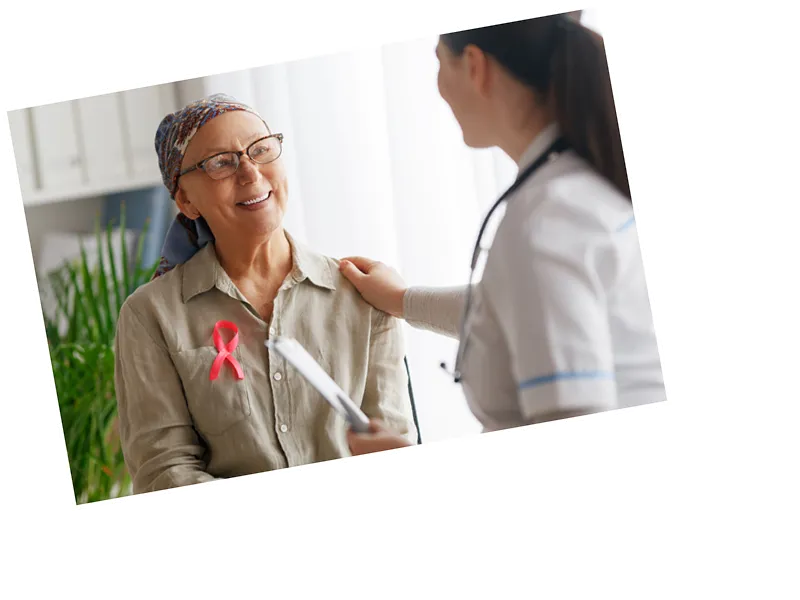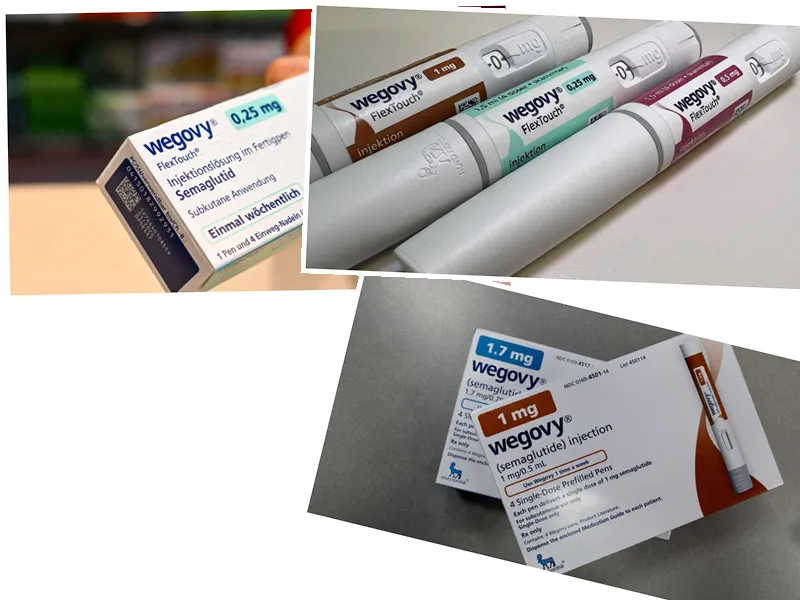Revolutionary AIDS Drug Could Cost Just $40 with Generic Production
A groundbreaking antiretroviral drug, developed by Gilead Sciences from the linacapavir molecule, has the potential to dramatically change the landscape of AIDS treatment. Currently priced at approximately $40,000 per year per person, researchers at the 25th International AIDS Conference revealed that this cost could plummet to under $40 if the drug were produced generically. This transformation could make treatment accessible to millions who currently cannot afford it.
The linacapavir treatment requires only two injections annually, making it significantly easier for patients compared to the daily pill regimen. Additionally, it is being evaluated as a preventive measure against HIV, showing 100% effectiveness in preliminary studies. Andrew Hill from the University of Liverpool emphasized that this treatment, akin to a vaccine, could halt the transmission of HIV among high-risk groups, including homosexuals, sex workers, and young women, particularly in regions like Africa.
Call for Action: Gilead Under Pressure to License Generic Production
Despite the drug's promise, its high cost remains a barrier for most patients, especially in countries like the United States, France, and Australia. Researchers project that if Gilead permits the manufacture of generic versions, the treatment could be made available to around 10 million people at a fraction of the current price. Discussions with generic drug manufacturers in China and India are already underway, as they have begun producing versions of this medication.
Winnie Byanyima, the Executive Director of UNAIDS, has urged Gilead to “make history” by allowing the production of generic antiretroviral drugs. This plea comes amid mounting pressure from public figures and NGOs advocating for wider access to life-saving treatments. While over 30 million individuals are currently receiving antiretroviral therapy globally, more than 10 million remain without this essential care. The urgency for affordable treatments is underscored by the fact that approximately 1.3 million new HIV infections were reported last year.
- The discussion surrounding the affordability of AIDS treatment is not new. A decade ago, researchers estimated that Gilead's hepatitis C treatment cost could drop from **$84,000** to **$100** if generics were authorized. Today, the cost of hepatitis C treatment has decreased to less than **$40**. This historical precedent gives hope that similar reductions could be achieved for the linacapavir drug. Moreover, the implications of making this drug affordable are significant. If effective access to such treatments can be achieved, it could lead to a substantial reduction in new HIV infections and dramatically improve the quality of life for those living with the virus. The healthcare community is watching closely as Gilead navigates these discussions and the potential for generics.






